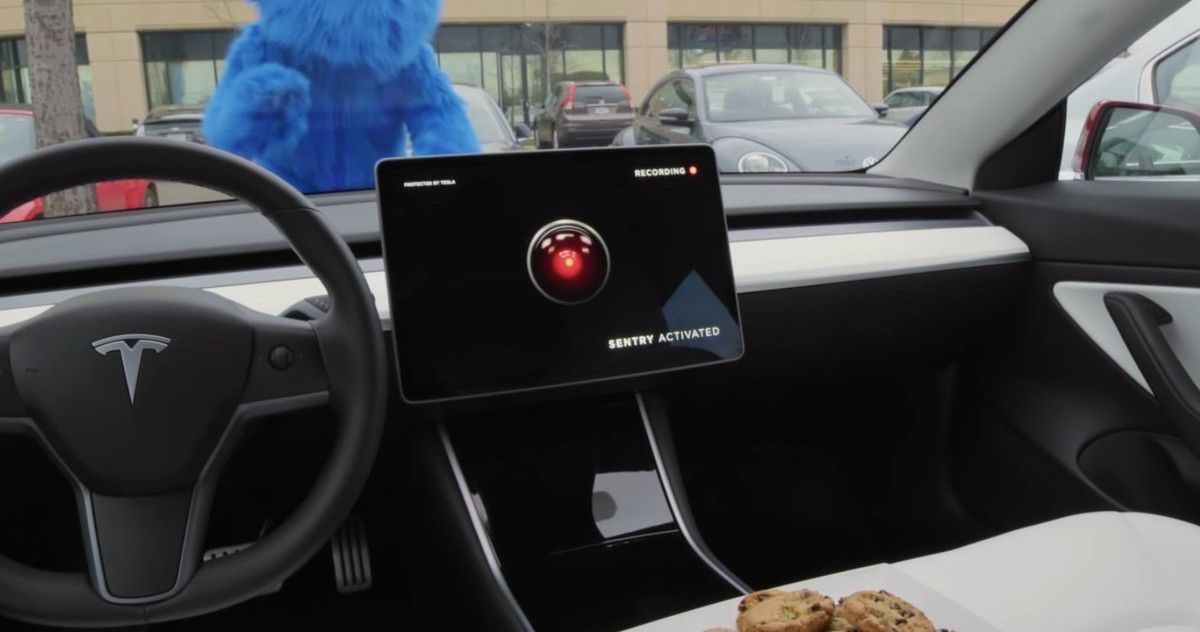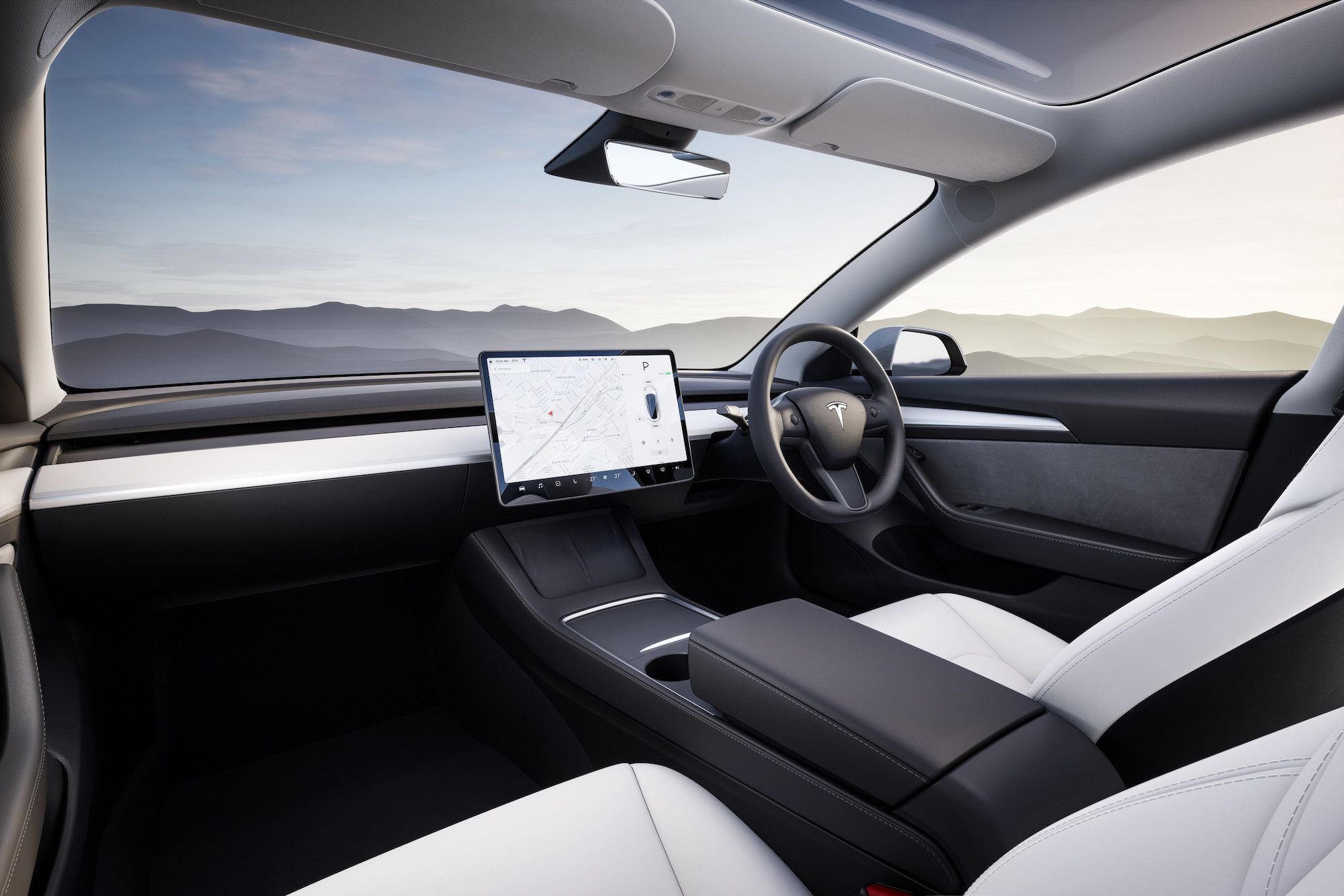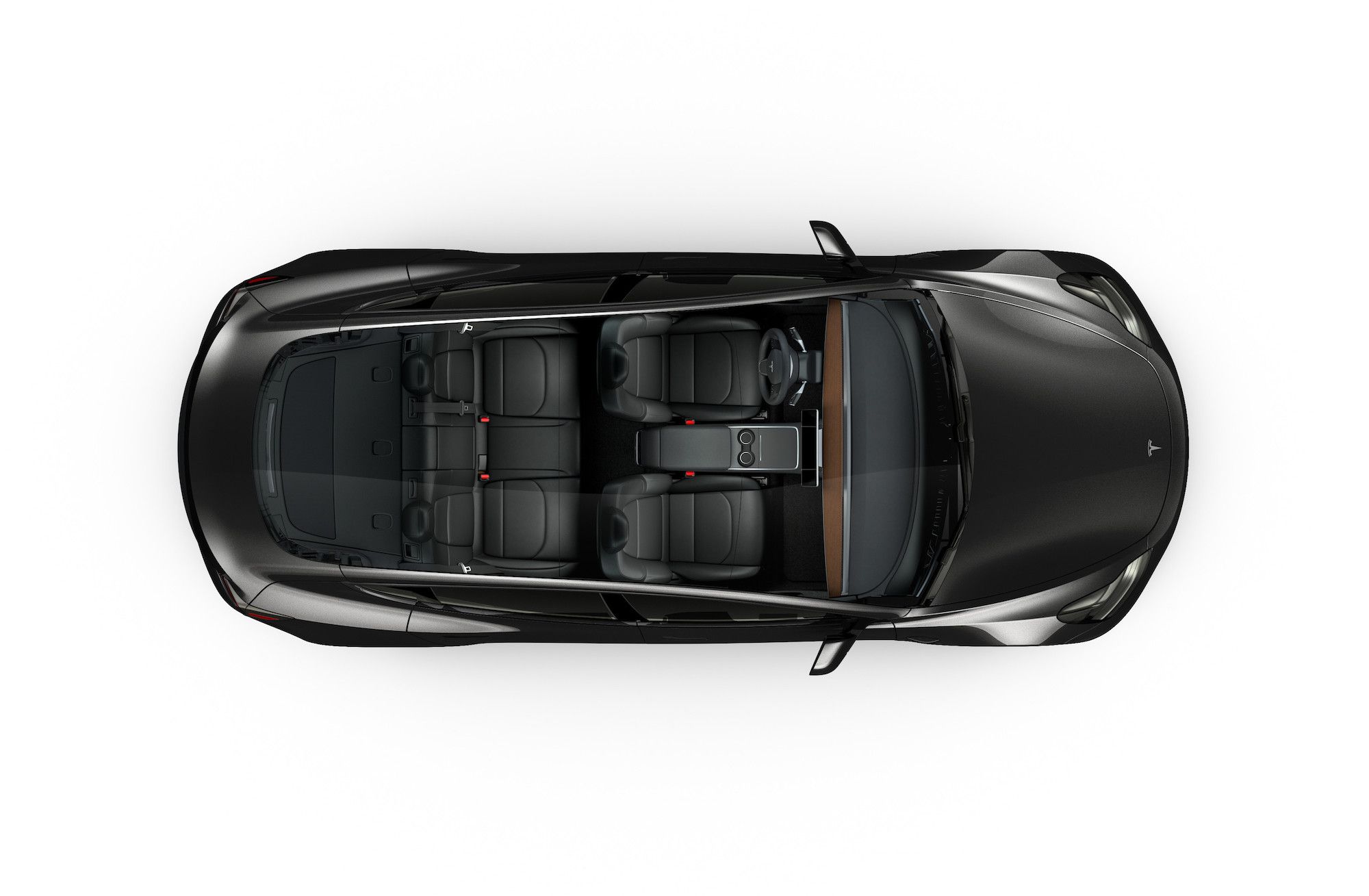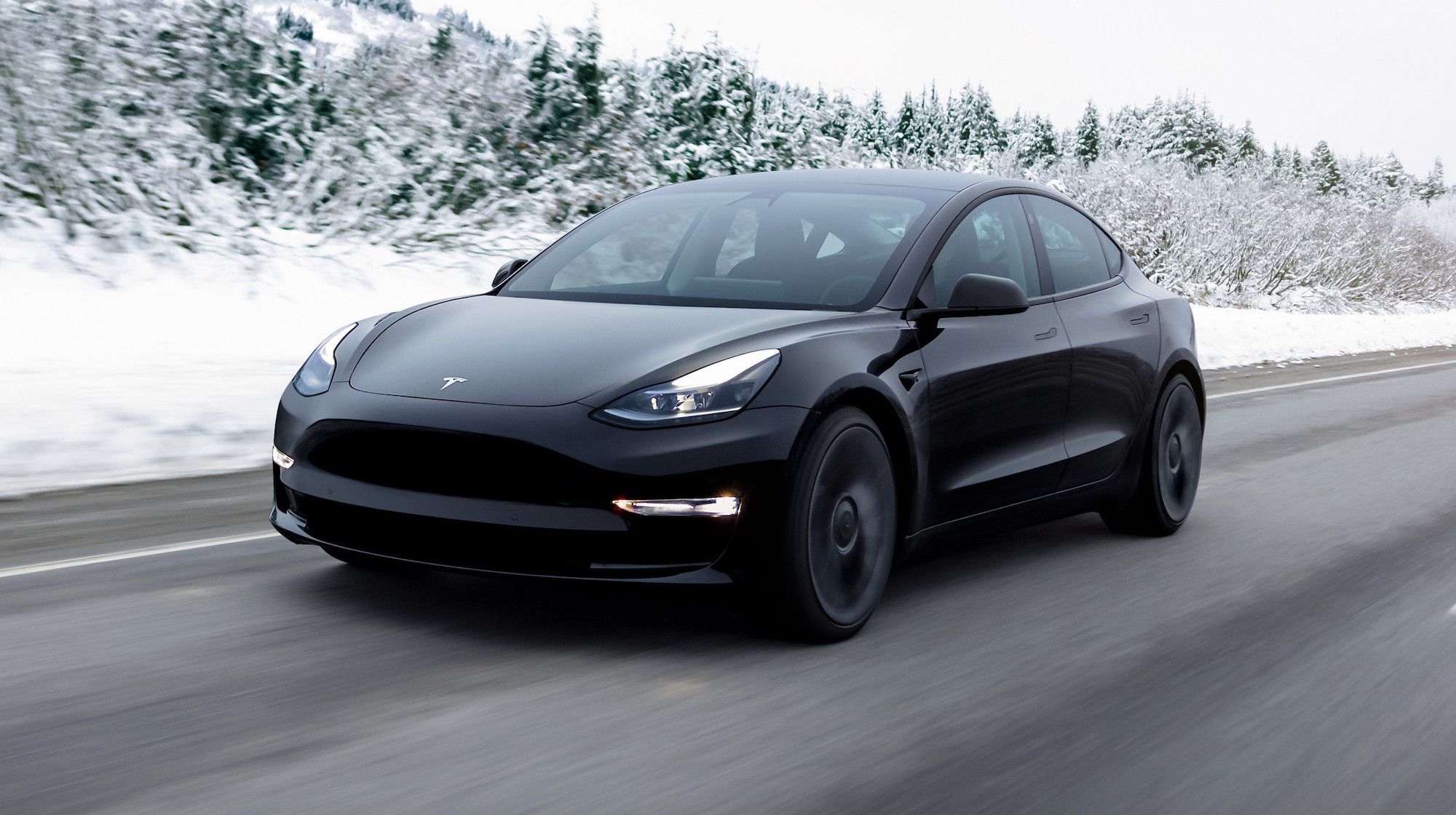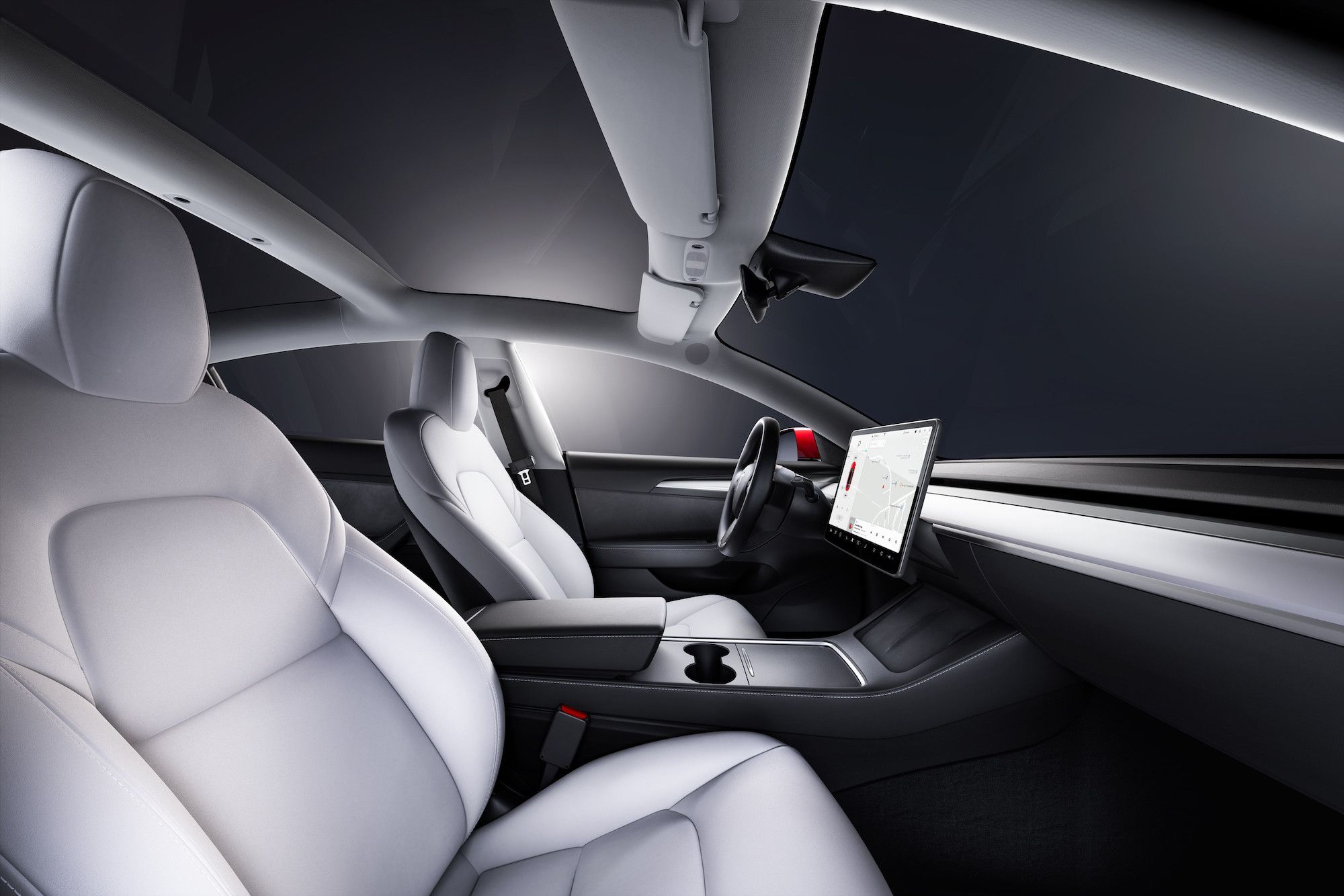Tesla introduced its Sentry Mode feature as an extensive anti-theft measure to be installed in all their vehicles. Sentry Mode relies on cameras constantly recording activities around the vehicle once a proximity alert is triggered. This feature gives even more protection for Tesla vehicles among other methods, though it is not foolproof, nor is it entirely effective. It has, however, been considered a deterrent to thieves who try to steal Teslas, only to be stopped by flashing lights and loud sounds drawing attention.
Updated February 2022: With electric vehicles being more popular than ever, there's a strong chance you or someone you know has considered purchasing a Tesla. Sentry Mode is just one of many cool and useful features to come with the Model S, 3, X, and Y. We've updated this article with the latest information surrounding this feature in Tesla models.
Because the cameras record once people (or other cars) get too close, the thieves are recorded before the burglary has begun. For this feature to work, Dog Mode must be disabled and the Dashcam must be both properly installed and equipped with a USB drive. However, the use of this feature has raised privacy concerns for many drivers while also offering perks and benefits.
Tesla Sentry Mode: What The Feature Does
When federal statistics were released in 2019 saying that one car was stolen or a car theft attempted in America every 40.8 seconds, Tesla decided to fortify their anti-theft efforts in their vehicles. Just as they created Valet Mode to restrict vehicle functionality, they created Sentry Mode to enhance vehicle security and increase driver piece of mind.
This new feature debuted with Model 3 vehicles that rolled out in 2019. Similar to home alarms, Sentry Mode has a “standby” state, where it constantly monitors the environment surrounding an unattended Tesla by using the car's external cameras.
A minimal threat detection, such as a person leaning against the car, warrants the elevation from “standby” to “alert.” This change sends a message via the touchscreen that cameras are recording. Should the threat become more severe, like a break-in or a window being smashed, things go even further when Sentry Mode activates its “alarm” state.
At that point, the car alarm goes off, the center display is at full brightness, and music from the car's audio system plays at maximum volume. The “alarm” state also notifies owners via the Tesla app that their vehicle was subject to attempted theft.
Also, owners can download a video of the threat up to 10 minutes before the threat occurred if they insert a USB drive into the car before activating Sentry Mode.
How Sentry Mode Works
Sentry Mode has several quirks and features, and there is a certain method used to activate it. But how does Sentry Mode actually work? The USB drive mentioned earlier needs to be inserted, and Sentry Mode has to be manually activated with each operation.
Otherwise, Sentry Mode is off by default, so drivers have to make a conscious effort to turn it on if they want it to run. This feature is activated once the car is parked. The car settings menu needs to be tapped, and from there, security settings need to be opened. After that, owners must toggle Sentry Mode to turn it on.
The Tesla app also features a handy activation feature, as Sentry Mode can be turned on from the app's controls pane. The cameras are constantly recording, but the footage will only be saved from a few minutes before a perceived threat, as well as during said threat.
Tesla modified this feature in 2019 by adding an alert for drivers to read upon returning to the car. This alert informs drivers of what happened while they were gone, as well as how many incidents were recorded while Sentry Mode was activated.
A Tesla Feature Worth The Energy Drain
Although Sentry Mode has many benefits, it has been known to massively deplete the battery in a short period. This is hardly unprecedented, as Tesla has been known to perform updates that drain battery life. However, drivers attest that, despite the energy drain, Sentry Mode is still worth the trouble.
Drivers who constantly use Sentry Mode will find themselves quickly out of power. A Tesla loses 1% battery charge for every two to three hours Sentry Mode is activated. Therefore, it loses 8% a day, so theoretically, after 12.5 days of constant use, Sentry Mode would drain the battery completely. Thankfully, drivers can check the status of their battery on the Tesla app, and they have the option to deactivate Sentry Mode from the app as well.
The cost of the electricity used, however, is not significant, and it is still less than the cost of any damage done to the vehicle with Sentry Mode off.
Excessive Recording Raises Privacy Concerns
Unfortunately, the mere existence of Sentry Mode is enough to raise privacy concerns. Sentry Mode records anything that happens once the proximity alert is triggered, and most of these recordings aren't even criminal or illegal.
This is a lot of footage, and it's mainly of bystanders or other cars getting too close to the Tesla vehicle. There is also the thought of car videos becoming evidence and insurance liability once they're in the hands of governments, vehicle-related companies, and parents of teenage drivers.
Concern could eventually evolve into control, and constant recordings will keep the driver under frequent watch. To add to the mess, Tesla has another function, Dashcam, which constantly records the road while traveling for hours. As with Sentry Mode, a lot of footage is captured with Dash Cam, both good driving and bad driving. Several incidents have been captured on Tesla Dashcams, further stoking the flames of privacy concerns.
Constant recording undermines personal privacy, and it doesn't help that all it takes to modify the function and inner workings of cameras is a simple software update from automakers such as Tesla.

